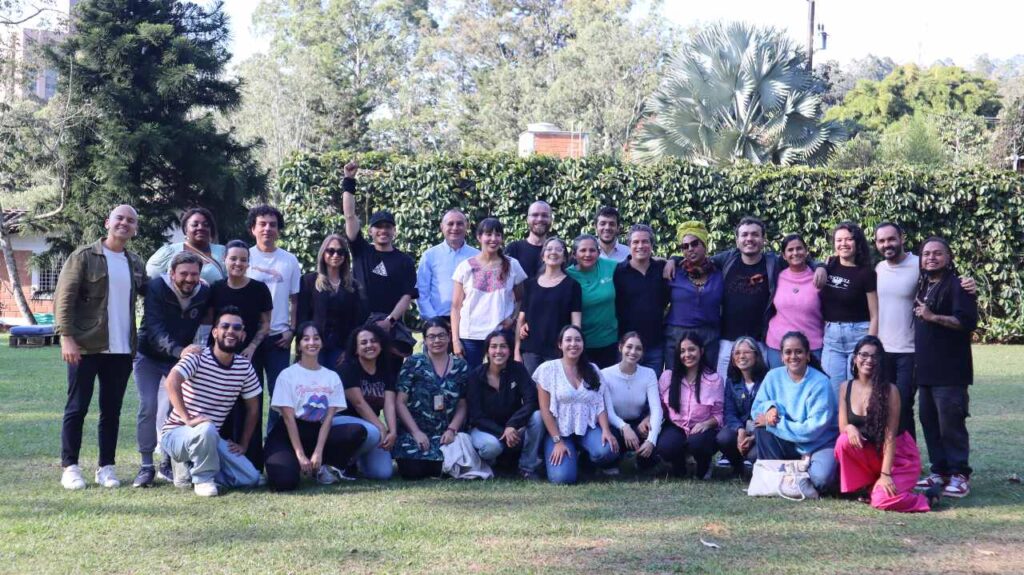You can almost see nothing inside the Manyatta (a home, often temporary of the Maasai/Samburu people). The window and only ventilation is the size of two adult hands. There is fire burning probably to keep the place lit up and warm given it is a rainy day. Even with the choking darkness one cannot fail to notice the hanging soot from the mud ceiling. At night, our host, Grace Malipe uses a kerosene wick. She has four children in school and this is their source of light as they go about their homework.
Grace stands tall. She speaks firmly too. We are in Kajiado County to orient ourselves on the clean energy initiatives in the area (or their lack off). Like other women in her community, Grace engages in beadwork which she sells through referrals or at the local market. Similarly, she too goes in search of firewood for her home usage. Grace is lucky though, in about two weeks or less her biogas digester will be up and running. Andrew Wang’ombe is the engineer who has been installing Grace’s digester. Although ideally installing a bio digester takes about 30 days, it has taken a longer period for Grace’s home. Why? Grace is a beneficiary of the Kajiado County bio digester installation initiative. She was nominated by her community, who chose the recipient based on need and their conscientiousness, as dedication is needed to maintain the bio digestor. One of the requirements of the recipients was that they (beneficiary) had to excavate the digester’ pit- which ideally is about two meters deep. “If it’s an elderly person –like Grace- and she has no one to help her dig up, we are advising them to sell a goat or two to enable them hire casual labourers. Ideally this is two or three day’s work, “says Wang’ombe.
Wang’ombe has installed over 300 digesters in various parts of Kenya in the six years since he took up this work. He notes, however, the unique state of Kajiado. The construction materials are relatively cheap. Being a semi-arid area, the high mean the bio digester releases more gas hence will require less feeding. Word of mouth ‘marketing’ works great here too. “If your neighbours or peers see something good that you have or that has worked for you, they also want to be part of it. They want to be like you. They don’t view it as competition,” says Wang’ombe. It is for this reason that it is projected there will be a substantial interest in bio digester usage in this community.
Kajiado County borders Nairobi and sits on 22,000 Kilometre square. The population is about 1 million people. Widespread human-wildlife conflict, land wrangles, illiteracy and lack of financing for development through the County budgets are some of the issues the County grapples with.
However, it is also in Kajiado County where the second largest wind project in Kenya dubbed Kipeto is scheduled to take place and from it a 100 MW will feed into the national grid. While this is a big step in the country’s uptake of renewable energy, the wind projected will not necessarily benefit the locals as most of them are not connected to the national grid.
Through the Strategic Partnerships- Energy, Hivos will work with the County government of Kajiado to support them in development of green and inclusive energy policies. Hivos will also work with the community to empower them to adopt and promote renewable energy in Kajiado County.




